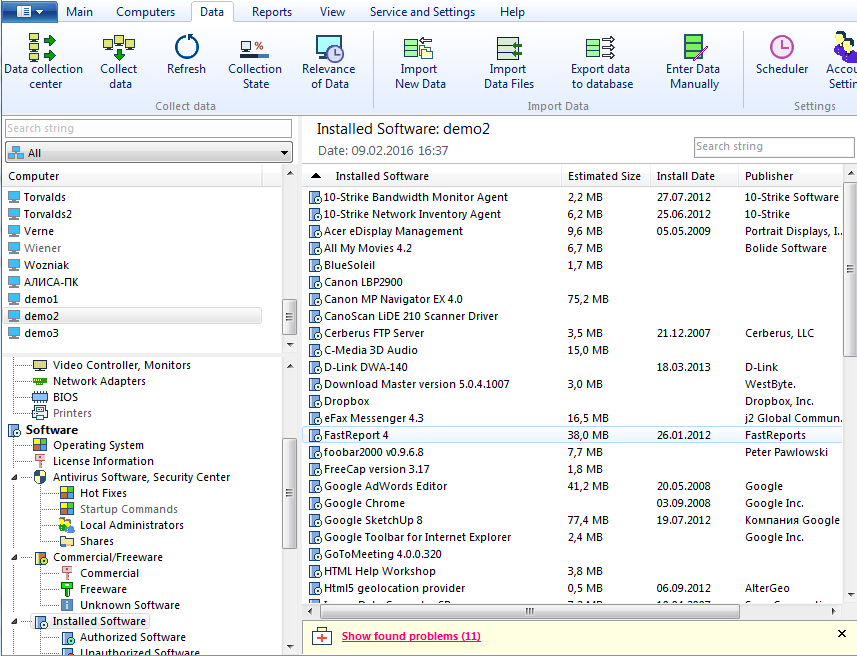

A computer would read the punch cards and pass the information to the storeroom, which would then bring the item up front to the waiting customer. It used punch cards that corresponded with catalog items. A team at Harvard University designed the first modern check-out system in the early 1930s. Read on to learn about the history of inventory management systems and how modern systems work.Īfter the Industrial Revolution, efficiency and mass production became the main goals of businesses, along with an improved customer experience at the point of sale. To achieve this, inventory management systems pull together several technologies into one cohesive approach. And, they must tell a storeowner when it's time to reorder and how much to purchase. They also must be flexible, allowing for a merchant's intuition. Modern inventory management systems must have the ability to track sales and available inventory, communicate with suppliers in near real-time and receive and incorporate other data, such as seasonal demand. Factors such as quicker production cycles, a proliferation of products, multi-national production contracts and the nature of the big-box store make them a necessity. Mismanaged inventory means disappointed customers, too much cash tied up in warehouses and slower sales.

The systems ensure customers always have enough of what they want and balance that goal against a retailer's financial need to maintain as little stock as possible.

Inventory management systems are the rule for such enterprises, but smaller businesses and vendors use them, too.


 0 kommentar(er)
0 kommentar(er)
